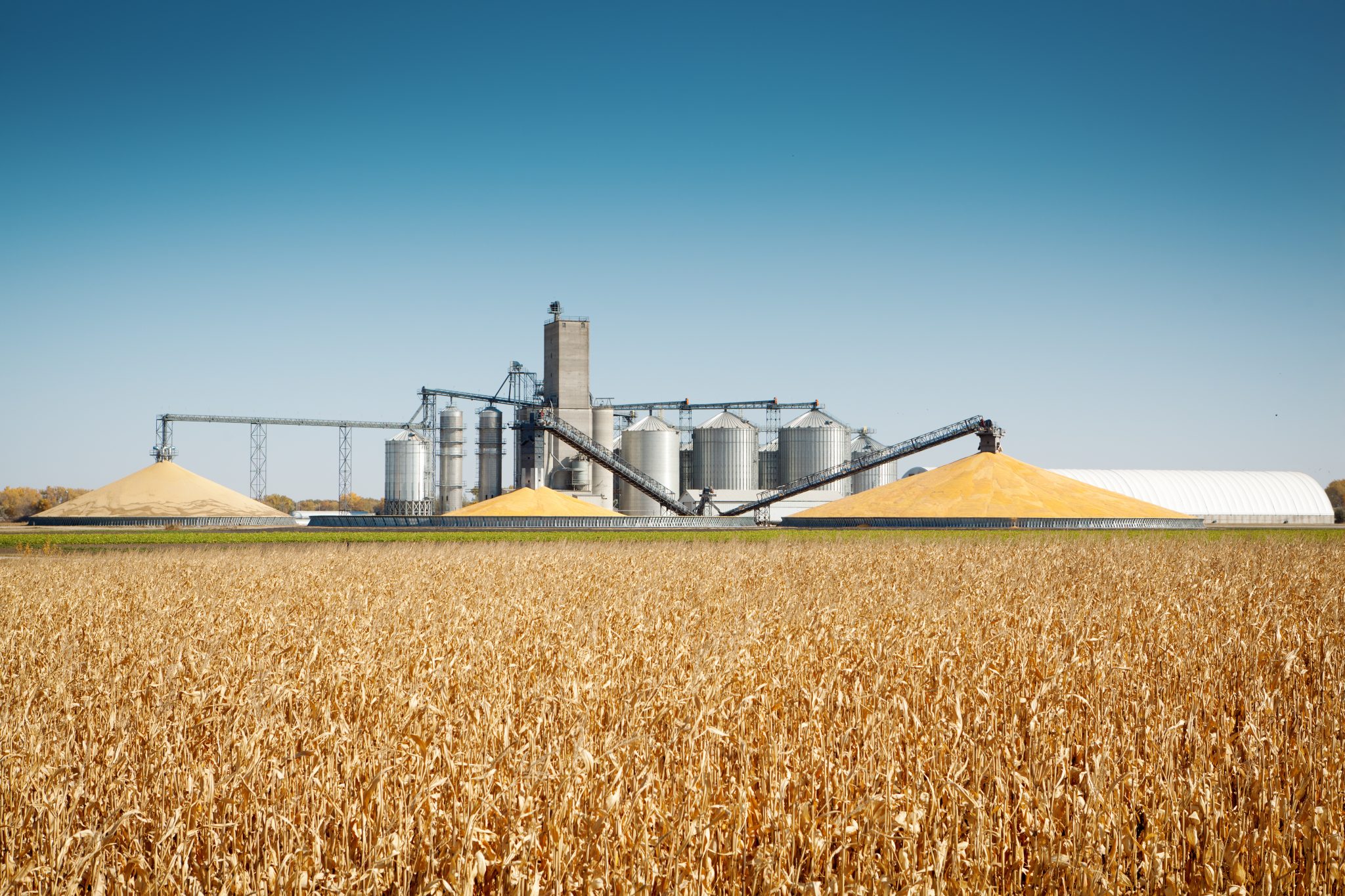The sector currently attracts investment of around $1.2 billion per annum, a long way short of the $8.7 billion per annum the report found was needed.
AgriFutures Australia Senior Manager Jennifer Medway said, “Stakeholders told us that the missing piece of the puzzle to achieving the $100 billion goal was understanding the capital needed to support growth.”
“Our past reliance on increasing land values to fuel debt as a form of capital is unsustainable. To innovate and grow productive farm businesses, we need capital investment to drive agtech adoption and new ways of doing things.”
As well as encouraging growth, Ms Medway said that innovation and attracting more diverse forms of investment was critical to increasing productivity.
“Capital investment is a key growth driver as it creates space for innovation and change. Whether it’s buying a new tractor, adopting new technology or increasing your economy of scale by purchasing additional land – these strategies keep Australia at the forefront of global agriculture.
“There are alternative farm investment models such as leasing, share farming and corporate investment, however we need to continue development of new models that are accessible to all types of agricultural enterprises, including small family farms.”
The report included data modelling to understand the link between capital and market growth over the 10 years to 2030, outlining recommendations to improve investment in the industry.
“Over time if these recommendations are implemented, farmers’ options for sources of investment capital should broaden from the current reliance on loans and their own equity to also include investment from other sources,” said Jim Binney, Director of Natural Capital Economics and an author of the report.
“This will unlock new opportunities to access capital investment and fuel sector growth,” he added.
In addition to attracting investment at a farm gate level, Mr Binney highlighted the need for industry to improve their attractiveness to investors.









